Hypersonics Through The Years
August 15, 2021
1947
Credit: NASA
National Advisory Committee for Aeronautics 11-in. hypersonic research wind tunnel opens at Langley, Virginia.

1949
Credit: Boeing
German V-2 boosted WAC Corporal rocket becomes first vehicle to exceed Mach 5.

1951
Credit: Aviation Week Archive
First flight of X-7 ramjet high-speed research vehicle.

1956
Credit: Aviation Week Archive
Lockheed X-17 reentry test vehicle flight tests begin.

1958
Credit: Tennessee State Library and Archives
First hypersonic research wind tunnel opens at Arnold Engineering Development Complex, Tennessee.

1959
Credit: Aviation Week Archive
First flight of rocket-powered X-15 hypersonic research aircraft.

1959
Credit: Boeing
Launch of Boeing X-20 Dyna-Soar manned boost-glide vehicle project, not flown and canceled in 1963.

1959
Credit: Alpha Draco National Archives
U.S. Air Force Alpha Draco boost-glide experimental test vehicle flight tests.

1963
Credit: USAF
First flight of Air Force ASSET (Aerothermodynamic/elastic Structural Systems Environmental Tests) boost-glide test vehicle.
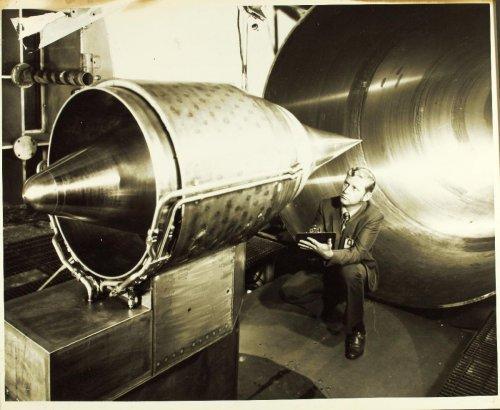
1964
Credit: San Diego Air & Space Museum
NASA Hypersonic Research Engine (HRE) ramjet/scramjet project launched, ground tested.

1965
Aerojet ground-tests air turbo ramjet combined cycle engine.

1966
Credit: USAF
First flight of Air Force PRIME (Precision Recovery Including Maneuvering Entry) reentry flight vehicle.

1968
Credit: USAF
Atlas-boosted Air Force Boost Glide Reentry Vehicle flight test.

1978
Credit: Aviation Week Archive
Air Force classified Advanced Manned Spaceflight Capability piloted-rocketplane program, later became TransAtmospheric Vehicle. Not flown; canceled in 1986.

1978
Credit: USAF
First test flight of Minuteman ICBM-boosted Advanced Maneuverable re-entry Vehicle, paving way for Sandia Winged Energetic Reentry Vehicle Experiment tests in 1980s and Advanced Hypersonic Weapon test in 2011.

1981
Credit: Aviation Week Archive
Space shuttle first orbital flight and hypersonic reentry.

1982
Credit: Aviation Week Archive
Start of classified DARPA Copper Canyon air-breathing single-stage-to-orbit project, evolved into X-30 National Aerospace Plane in 1986. Not flown; canceled in 1990s with termination of follow-on Hypersonic Systems.
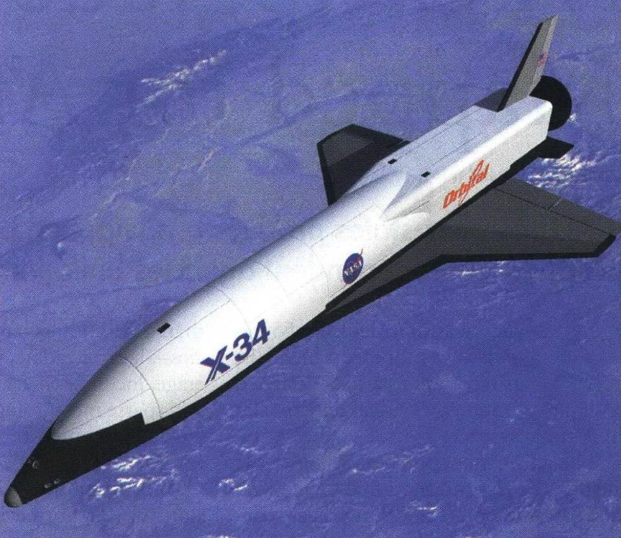
1995
Credit: Aviation Week Archive
Orbital Sciences selected by NASA for X-34 orbital launch vehicle. Not flown; canceled in 2001
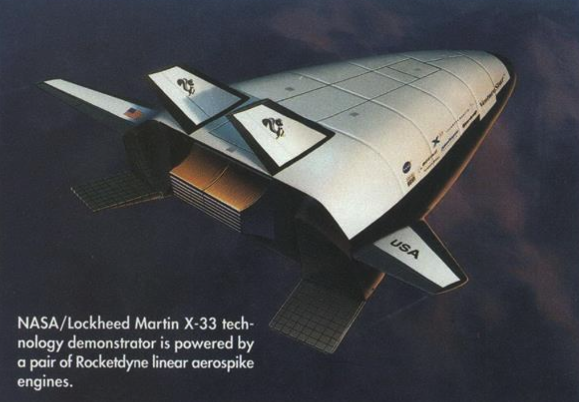
1996
Credit: Aviation Week Archive
NASA begins X-33 single-stage-to-orbit rocketplane to be built by Lockheed Martin. Not flown; canceled in 2001.

2001
Credit: Aviation Week Archive
First flight of scramjet-powered X-43/Hyper-X. Second flight at Mach 7 in March 2004 marked first known operation of a scramjet in flight. Third flight in November 2004 attained Mach 9.6.

2002
Credit: Aviation Week Archive
DARPA, Boeing, U.S. Navy Hypersonic Flight Demonstration (HyFly), a dual combustion ramjet-powered strike missile demonstrator program launched. Final test attempt failed in 2010.
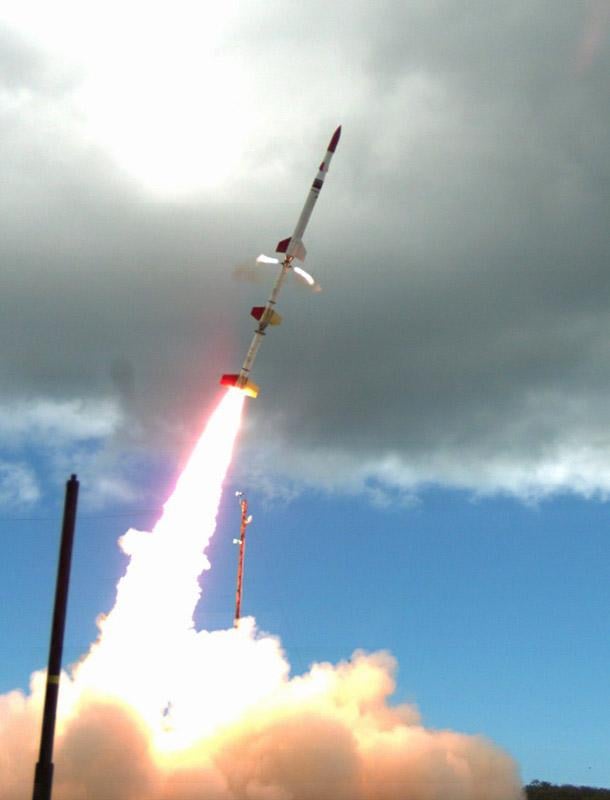
2009
Credit: AFRL
First experimental test flight of joint U.S.-Australian HiFiRE (Hypersonic International Flight Research Experimentation) fundamental research program.

2010
Credit: USAF
First launch of Boeing, Air Force, DARPA, NASA, Pratt & Whitney Rocketdyne scramjet-powered X-51A WaveRider. Achieved Mach 5.1 and 210 sec. of hypersonic flight on final flight in 2013.
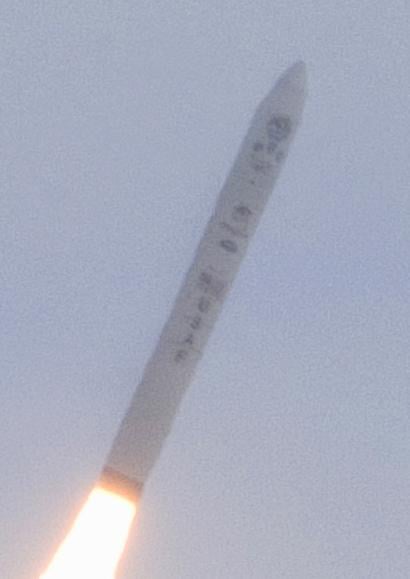
2010
Credit: USAF
First unsuccessful flight of DARPA Falcon Hypersonic Test Vehicle 2 (HTV-2) intended to demonstrate prompt global strike capability at Mach 20. Second flight lost in 2011 due to aeroshell degradation.
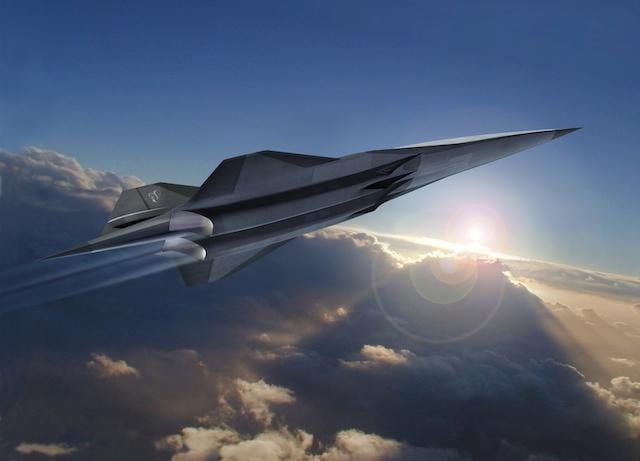
2013
Credit: Aviation Week Archive
Lockheed Martin unveils Mach 6 SR-72 surveillance/strike concept aircraft to Aviation Week.
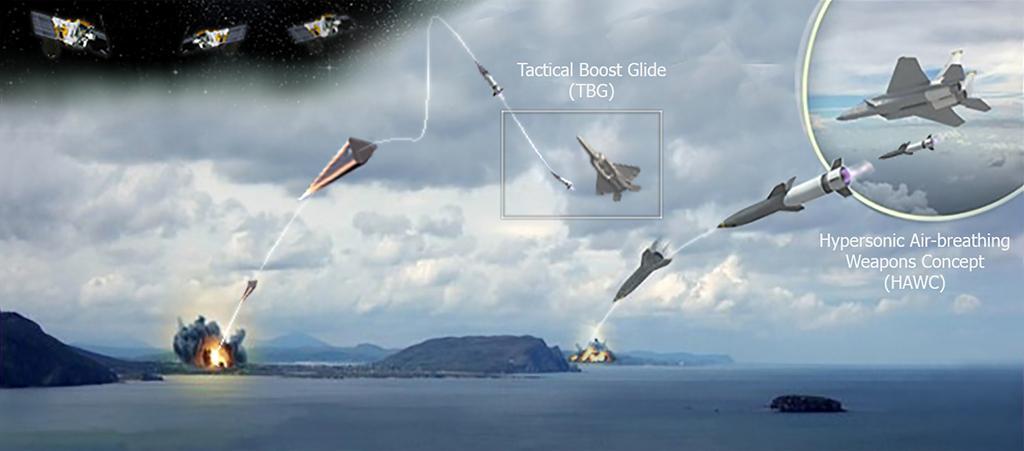
2016
Credit: Aviation Week Archive
Lockheed Martin and Raytheon win contracts to compete for DARPA/Air Force Hypersonic Air-breathing Weapon Concept (HAWC) program.
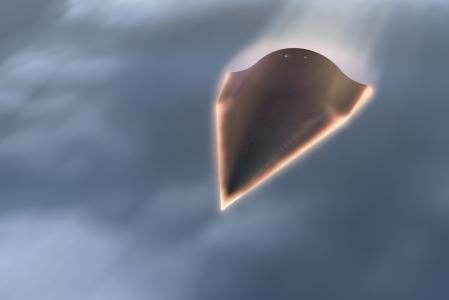
2016
Credit: Lockheed Martin
DARPA awards Tactical Boost Glide technology demonstration program to Lockheed Martin.

2017
Credit: DARPA
Aerojet Rocketdyne and Orbital ATK awarded contracts under DARPA’s AFRE turbine based combined cycle program.
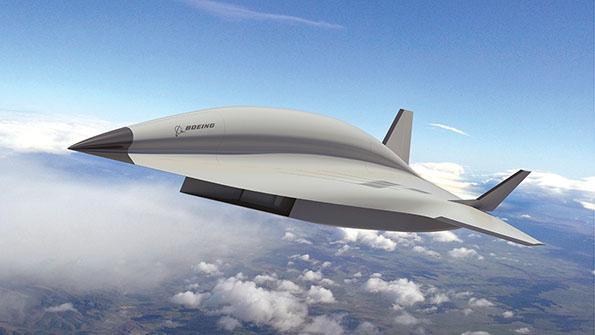
2018
Credit: Boeing
Boeing unveils concept for Mach 6 reusable hypersonic demonstrator.

2018
Credit: kremlin.ru
Russia tests the hypersonic ‘Khinzal’ (Dagger) missile with launch from MiG-31.

2019
Credit: mil.ru
Russia deploys Avangard missile, declared to have Mach 27 top speed and 6,000 km. range.

2020
Credit: USAF
U.S. Air Force cancels High-Speed Strike Weapon (HSSW) as development priority remains on Air-Launched rapid response weapon (ARRW). Flight tests of U.S. Hypersonic Air- Breathing Weapon Concept (HAWC) missile interrupted after mishap.

2021
Credit: ADF
The U.S. and Australia begin the next phase of their long-running hypersonic co-operation work with Australia under the Southern Cross Integrated Flight Research Experiment (SCIFiRE) project. The effort, which follows earlier fundamental high-speed research under the Hypersonic International Flight Research Experimentation Program, will mature technology for a hypersonic conventional cruise missile.
In competition with Russia and China, the U.S. is pushing its own hypersonic strike weapons research forward at a more rapid pace. Take a look at some of the significant milestones throughout the years.
Comments